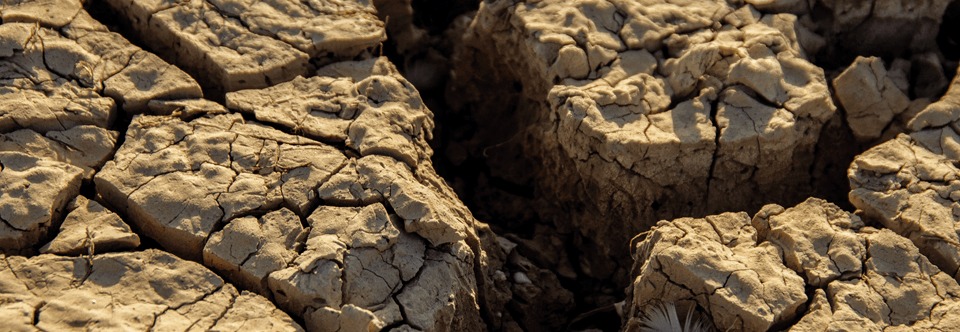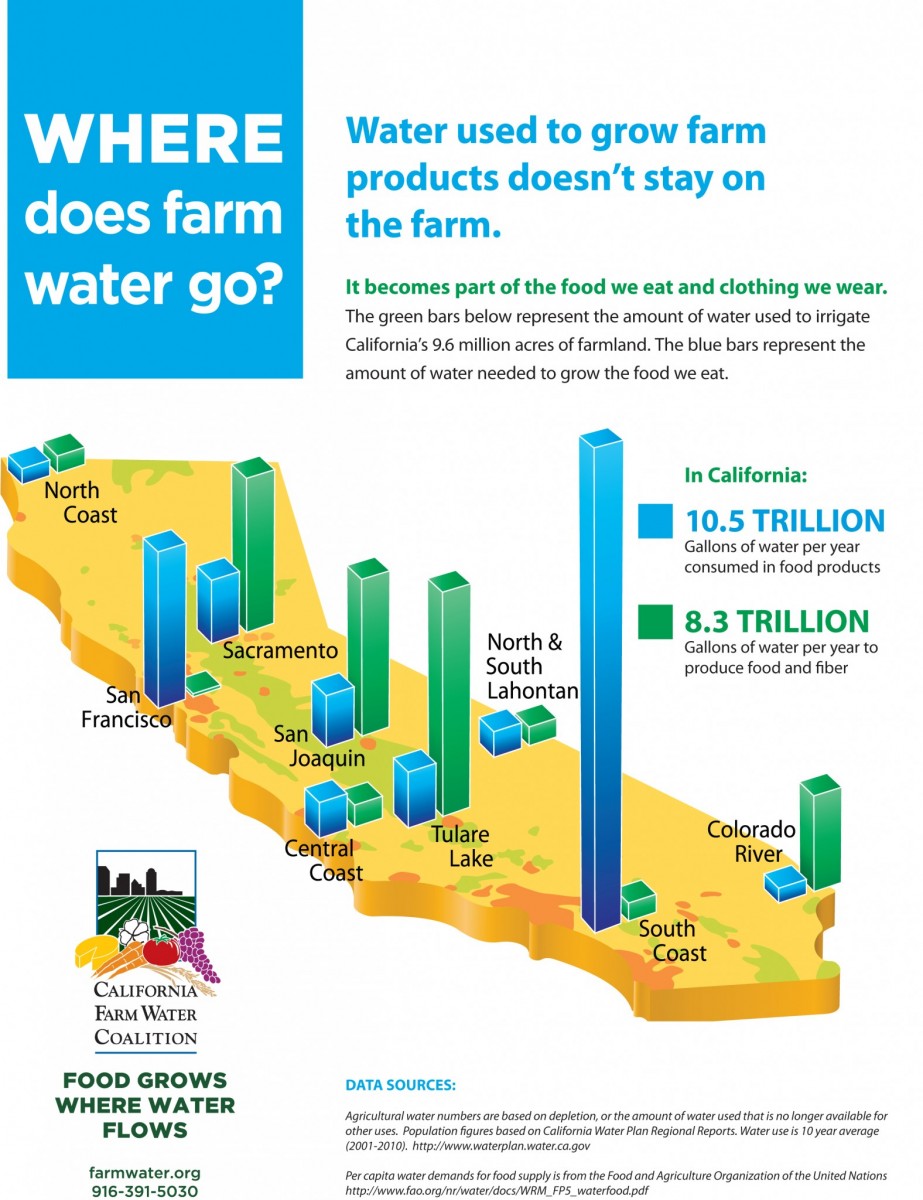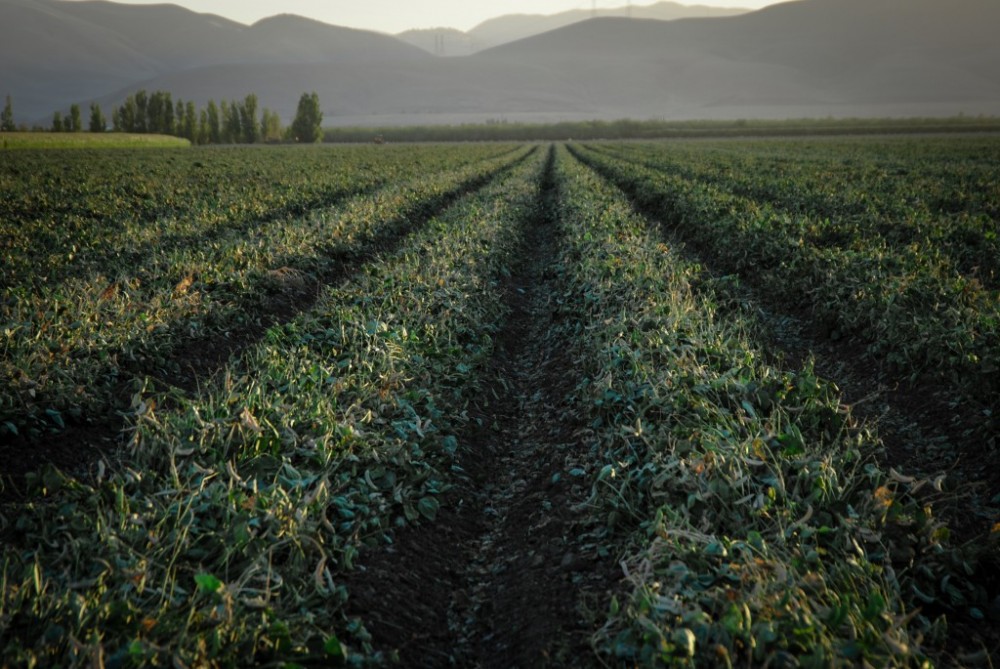[gview file=”https://www.farmwater.org/wp-content/uploads/2021/02/BidenWaterLetter.pdf”]
Drought Fact Sheet – May 2015 (revised 5-26-15)
In May of 2015, almost 75% of farms had sustained cutbacks of 80% or more in water supplies. Learn more about the 2011-2017 California drought in this Drought Fact Sheet, dated May 26, 2015. [gview file=”https://farmwater.org/wp-content/uploads/2015/05/California-Agriculture-Drought-Fact-Sheet05262015.pdf”] 2011-2017 California Drought
Drought Fact Sheet – April 2015
In April of 2015, farms in California had sustained multiple years of severely restricted water supplies, and went unmentioned in a declaration by Governor Brown requiring mandatory conservation among California’s urban water users. Recognizing the significant efforts by agriculture, Governor Brown rebuked attacks that he hadn’t asked enough from California’s farms and rural communities in […]
CFWC radio: Water that grows farm products doesn’t stay on the farm
Water that grows farm products doesn’t stay on the farm. Download the info graph here: https://farmwater.org/wheredoesitgo.pdf Plants need three things to grow: sunlight, soil…and water. Farmers depend on all three to grow hundreds of different crops right here in California. There’s no shortage of sunlight and soil… but four years of drought has caused deep cuts in […]
California drought affects farms and consumers
Farmers and consumers share a unique relationship. The California drought is helping people understand how important it is for farms to have the water they need to grow the food we all find at the grocery store. Serious water supply cuts affect our food supply as well as the people in rural communities who depend […]
Farmers Need This To Grow Our Food
What is it? Water. Farmers and consumers share a unique relationship. Many of the same sources of water meet the domestic needs of millions of Californians as well as the irrigation needs of the farmers who grow our food. And without California’s local farms, we would have a greater dependence on foreign food sources along […]
California Drought – Food Supply
California is the 4th largest supplier of food to the world and the #1 largest supplier of food to the entire United States. During the 2014 California Drought farmers don’t always have the water they need to grow the food we buy at the grocery store, but there are proposed solutions on the November ballot. […]
California Drought – Invest
People everywhere need water. Farmers use water to grow the food we buy at the grocery store. But we need to invest in our water supply system to make sure we have enough water today and in the future – for drinking, for cooking and cleaning, and for growing healthy and delicious food.
FAQs About Proposition One
Can we afford it?
How can we be sure the money will be well spent for what’s been promised?
How were the priorities for funding chosen?
Will the interests of rural and Northern California communities be protected?
How does the Delta benefit from Proposition One?
What will Proposition One do to help California prepare for climate change?
Which new dams will be built if Proposition One passes?
Proposition One: What You Need to Know
The Water Quality, Supply and Infrastructure Improvement Act of 2014 (Proposition One on the Ballot November 4) authorizes $7.12 billion in general obligation bonds for the following
Continue reading


